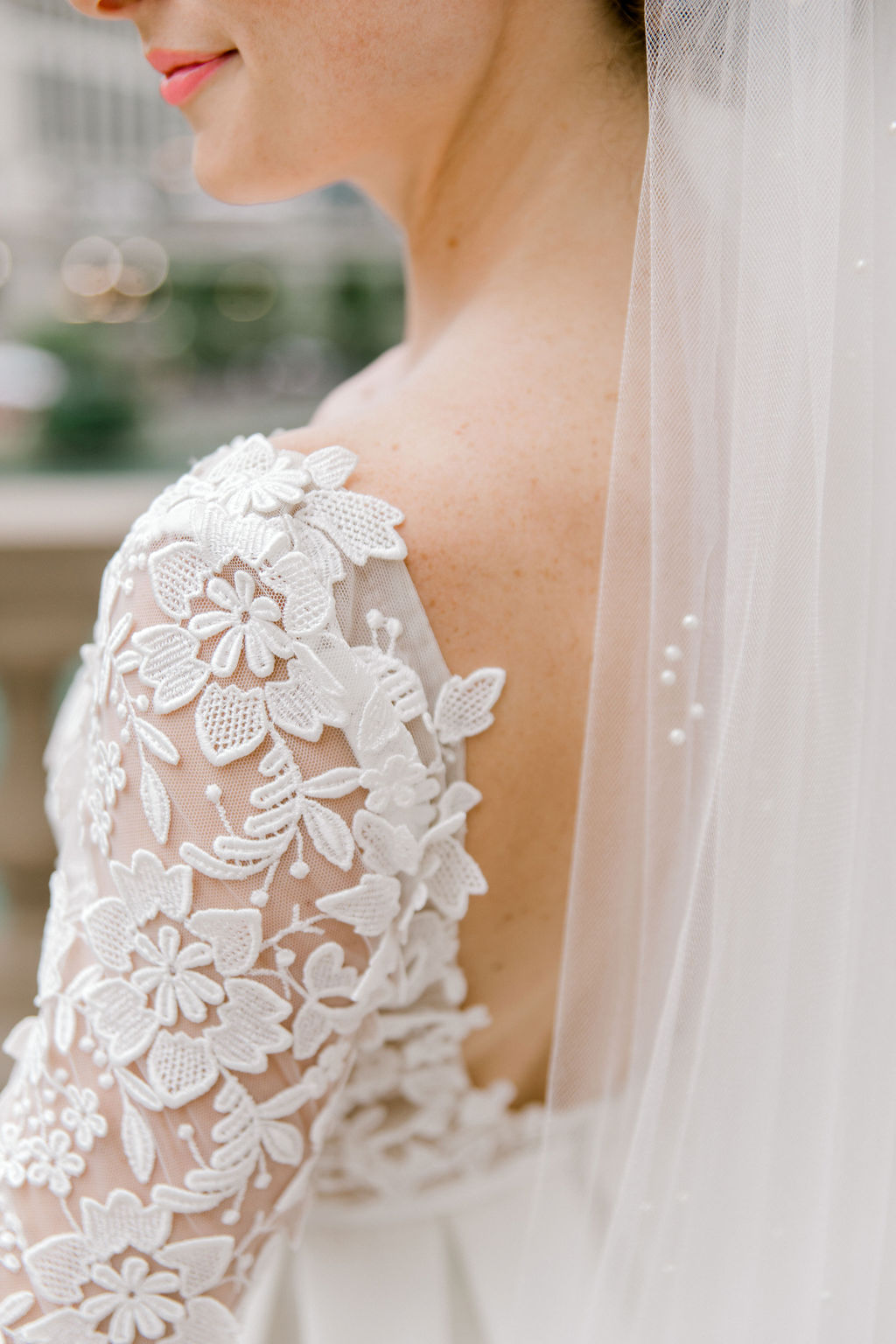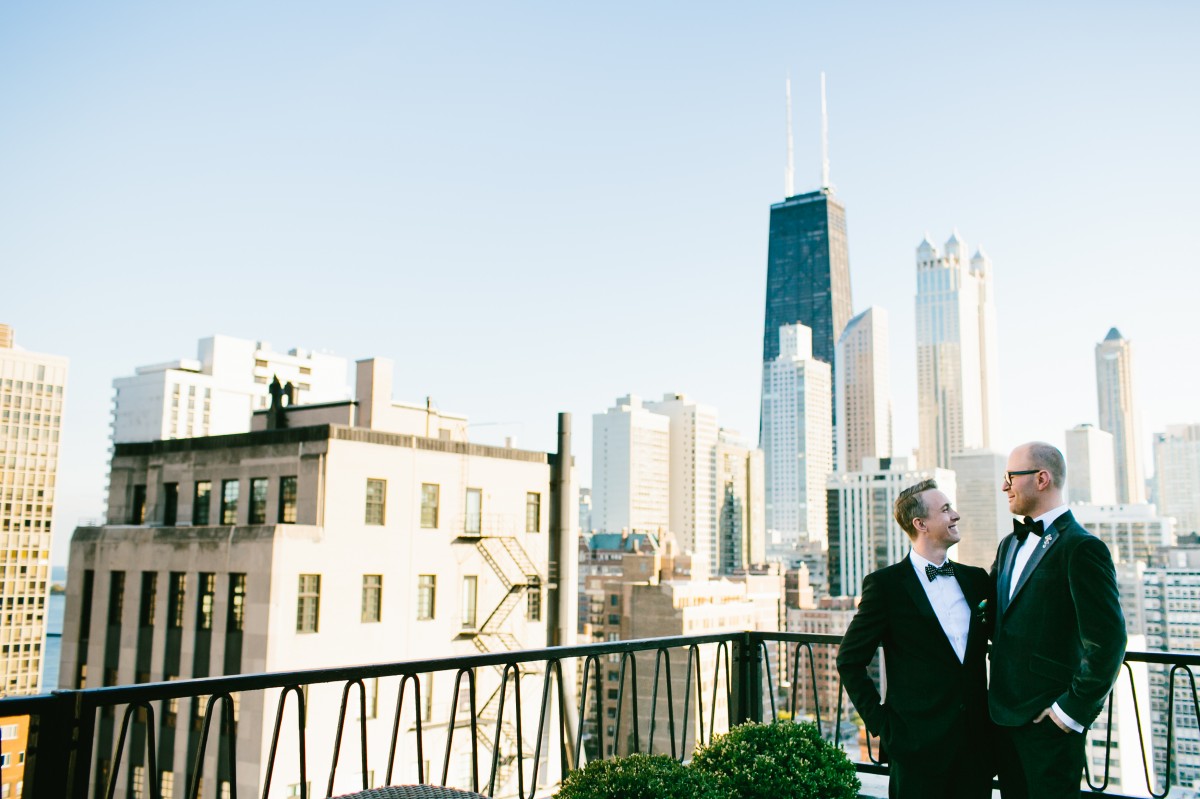Your wedding day is one of the biggest and most important days of your life, and timing is everything. Particularly when it comes to photography and videography. If the timeline is not planned from the beginning, you may miss shots of precious moments. Here are a few practical tips to make sure your timing is just right.
Start By Making a List
Your wedding timeline will need to include everything that happens during the day, from getting ready through the end of the reception. Create a list of everything that happens before the ceremony such as hair/makeup and pre-ceremony photos. Also create a list of everything that happens after the ceremony, such as toasts, cake cutting, and first-dances. You’ll need to plan how long each of these will take and put them in a timeline to share with your photographer.
Take into Account the Time of Year
Taking into account the time of year is critical because it dictates how many hours of daylight you will have. Make sure to research what time the sun sets during the month of your wedding. This information is critical to work into your timeline so that your photographer can capture photos with beautiful lighting.
Talk About Venue Changes
If your reception is at a different location than your ceremony, you will need to discuss this with your photographer and make sure travel time is taken into account. Do you want to take photos at the ceremony location or go straight to the reception location? Make sure you and your photographer are on the same page and they know exactly where to be when.
Start Your Day Early
Getting ready for a wedding can take longer than you think, and the last thing you want is to feel rushed. If you hire professionals to do your hair and makeup, that process alone can take up to two hours. If your family and/or bridesmaids are also having their hair and makeup done, that will take several more hours. Pre-ceremony photos also need to be taken into account. You should plan on your day to start around 9:00 am for a late afternoon/evening wedding.
Consider Hiring a Second Photographer
While there is of course an added cost to having a second photographer, it can really help to capture additional moments and angles that wouldn’t be possible with only one photographer. If you and the groom are getting ready in different locations, it will be especially helpful to have a second photographer.
Plan the First Look
If you decide to do a first look, it can be one of the most intimate and most memorable moments of your wedding day. Make sure that your photographer knows exactly when this will be happening so they can be at the location ahead of time to capture the moment.
Plan in Advance for Indoors or Outdoors
It will be important for your photographer to know whether you will have an indoor or outdoor ceremony and what time it will take place. This will impact the lighting and other factors that impact the quality of the photos.
Be Firm on Ceremony Length
You should be able to predict within a few minutes how long your ceremony will be. If it is not planned well and runs way over time, this could throw off your whole timeline and impact your photographer’s ability to take post-ceremony photos.
Build in Buffer Time
Even the most meticulously planned timeline can easily be thrown off by unanticipated events. There could be traffic on the way to the reception, one of your bridesmaids could be running late. If your timeline is stretched to the limit, it could add extra stress when something goes wrong. Good places to build in some extra time are getting ready and pre-ceremony photos. That way, if anything takes longer than expected, your ceremony will still start on time.
Size of Your Wedding Party
Having a group of your closest friends on your wedding day is awesome! They bring a ton of great energy to a wedding day. It’s great to hang out with people that get you right before the ceremony or during the getting ready. However if your bridal party is bigger you might want to cushion some extra time. Just to be safe.
Family Pictures
It’s saving a lot of time if family portraits can happen before the ceremony. It’s easier to accomplish just that if you are planning to see each other before the ceremony. If you are not planning to do a first look it’s out of picture for you. In this case you can still do all the combinations with each side separately prior to the ceremony. Then after the ceremony finish the remaining important combinations with the bride and groom.
Romantic Portraits
Those are the most important images of your wedding day. Those are the images that will hang on your new house walls for years to come. You will show them to your children and grandchildren. Let’s make sure you’ll have enough time to capture those. It might be challenging, especially if you don’t have a first look and the ceremony ends too close to the sunset or time when dinner will start.
Vendor Meals
After working for you all day, you can expect your vendors to be hungry. It is smart to have your vendor eat at the time when everybody else is eating. Some (most) caterers will wait to serve the vendors, until all wedding guests receive their entries. It brings a risk that you might miss some important moments. Especially when vendors are not being served in the same room as the wedding party.
Final Thoughts
While all of these factors can seem overwhelming when planning your timeline, you’ll be glad that you took a thoughtful approach to planning your day. Try to have your timeline finalized about a month before the Big Day. You’ll feel a lot more confident, organized and less stressed. Make sure to work with your vendors on timing, they can often give advice that will help you make the most of your day.
















